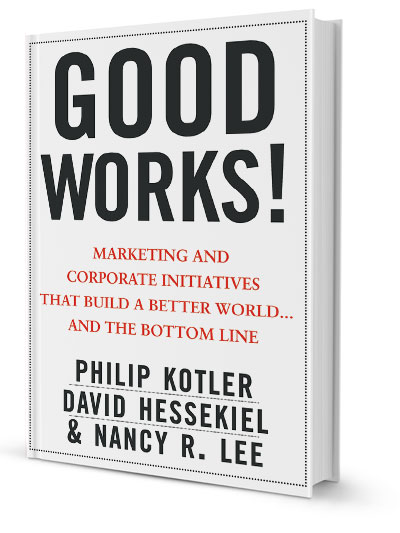
Books: The Magic of the Maker Movement
How a new global force called the "Maker Movement" will radically change every industry and profession.
Makers: The New Industrial Revolution
[Crown Business; 272 pages; $26]
Trade association leaders will find Chris Anderson’s book, Makers: The New Industrial Revolution, fascinating and deeply fear-inspiring.
As editor of Wired and a robotics entrepreneur, Anderson is a writer who always makes you feel smarter. You’ll need to be, because he identifies the emergence of a global force called the “Maker Movement” that is powerful enough to inspire a radical re-envisioning of almost every industry and profession on the planet.
Anderson points to three transformative elements grounding this movement: (1) the use of personal desktop tools to design and prototype products far cheaper and faster than in the past (2) the global embrace of online communities with which to share and co-create, and (3) accessible “design file standards that allow anyone … to send their designs to commercial manufacturing services to be produced.”
This micro-manufacturing means a “radically foreshortened path from idea to entrepreneurship,” he writes. It also means next-level creative freedom, thanks to crowdfunding sites, open-source sharing, and technologies that are diminishing reliance on big investors and factories.
Anderson does a great job defining the movement and explaining how its rapidly growing “mass market for niche products” is already permeating the way we live, work, and create. What remains is a decision by association leaders about how they, too, will join and lead in such a different global economy.
The Power of Habit: Why We Do What We Do and How to Change It
[Random House, 400 pages; $28]
The neurological thought processes behind our simplest habits turn out to be complicated enough that New York Times investigative reporter Charles Duhigg needs 340 pages to break the news that we are far more ingrained creatures of habit than we believe. Companies are pouncing on this with new technologies that enable them to identify even tiny behavioral patterns of individual consumers, so they can further embed or break these habits to affect buying decisions. While that interests nonprofits, too, associations may find more relevant Duhigg’s research about the “Habits of Successful Organizations,” describing how leaders create “habits through accident and design.” Ready your highlighter.

Good Works! Marketing and Corporate Initiatives That Build a Better World … and the Bottom Line
[John Wiley & Sons Inc.; 282 pages; $27.95]
Marketing guru Philip Kotler joins fellow industry big leaguers Nancy Lee and David Hessekiel to present a comprehensive and engaging how-to book for “business builders” who want to maximize the benefits of merging social and environmental initiatives into their organizations’ larger strategies and goals. Association and nonprofit case studies dominate the book, which focuses on six social initiatives: cause promotion, cause-related marketing, corporate social marketing, organizational philanthropy, workforce volunteering, and socially responsible business practices. The authors lay out a practical guide to the varying programs typical to each initiative, including challenges and benefits, culminating in 25 best practices.








Comments